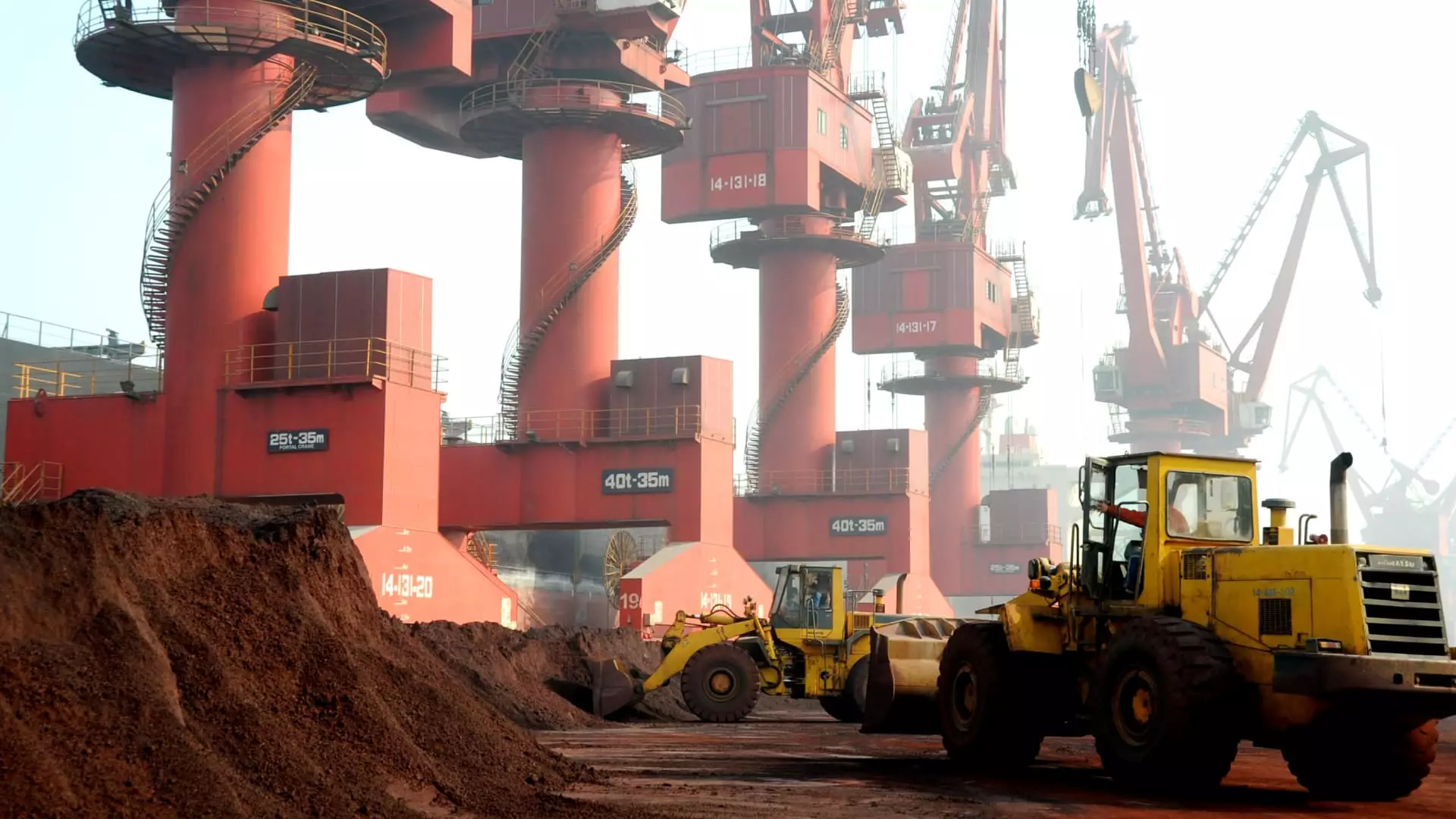In a significant policy shift, the Chinese government has announced that it will impose restrictions on tungsten exports starting December 1. This maneuver comes at a pivotal moment as global demand for tungsten rises, influenced largely by geopolitical tensions between the United States and China. For decades, China not only dominated the tungsten supply chain but actively flooded the market with inexpensive tungsten, effectively driving many external competitors out of business. This dramatic shift towards regulation of exports reflects a changing landscape in global resource management and market dynamics.
Tungsten is a vital metal with applications that range from the production of weapons to components in semiconductors due to its exceptional hardness and durability. The recent announcement by China’s Ministry of Commerce stipulates that companies seeking to export tungsten and other critical minerals must now obtain licenses. This reorientation towards stricter export control is primarily framed within the context of “dual-use” goods—products that can serve both military and civilian purposes. As the geopolitical climate escalates, the demand for tungsten sourced outside of China appears to be intensifying.
In light of the burgeoning tensions, the U.S. has subsequently enacted a prohibition on contractors from procuring tungsten mined in China, effective from January 1, 2027. This ban is anticipated to drive American companies to seek alternative sources, thereby creating both challenges and opportunities in the tungsten supply chain. Analysts, such as Christopher Ecclestone of Hallgarten & Company, express skepticism about the timing of China’s restrictions, suggesting that the demand prompted by export limitations may ultimately enhance market profitability for tungsten mining endeavors outside of China.
Interestingly, the current tungsten prices remain relatively stable despite China’s restrictive measures. Experts propose that for mining operations to be lucrative, prices would need to rise significantly, suggesting that U.S. and global markets must work to stimulate production and explore potential new sources, particularly in regions like South Korea and North America.
Beyond China’s borders, tangible efforts are underway to revive tungsten mining operations. Notably, Almonty Industries is on the cusp of reopening the Sangdong tungsten mine in South Korea, which was shuttered in 1994 yet holds the promise of revitalizing regional economies. This mining project has attracted attention for its expected contribution to local employment and its strategic contractual agreements aimed at securing long-term supply to the U.S.
Additionally, new ventures are emerging in North America, with Demesne Resources eyeing the IMA tungsten mine in Idaho, anticipating production by spring. The U.S. Geological Survey has identified multiple sites rich in tungsten across several states, reinforcing the availability of this critical resource within domestic bounds. Such initiatives highlight the intrinsic value of developing a resilient supply chain that mitigates dependencies on any single source.
The market is closely watching the developments surrounding tungsten. Experts project that while immediate demand will keep prices elevated, the anticipated influx of alternative sources by late next year could stabilize the market. The combination of rising demand and newfound supply initiatives in Kazakhstan, Australia, and Spain paints a complex picture of the tungsten landscape, likely shifting the balance of competitiveness in the coming years.
The geopolitical context, underscored by the U.S. government’s shift towards friendshoring, implies that strategic alliances will become increasingly important. Resources are not just commodities; they are strategic assets in modern geopolitical relations. As nations vie for technological supremacy, crucial materials like tungsten are bound to play a pivotal role in shaping strategies.
As the global landscape evolves, the tungsten sector stands at a crossroads. The combination of China’s export restrictions and the burgeoning efforts from alternative suppliers sets the stage for a potential rebirth of tungsten production outside China. While the industry will have to grapple with initial pricing challenges and regulatory hurdles, the emphasis on establishing a diverse source pool will likely lead to a more stable and competitive market. As tungsten remains critical to industries ranging from defense to technology, its management and procurement will demand strategic foresight from governments and businesses alike. The coming years will be pivotal in defining the future of tungsten not just as a material but as a crucial element in international economic and political strategies.

